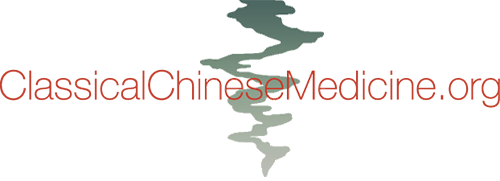The Flagship Remedy of Chinese Medicine: Reflections on the Toxicity and Safety of Aconite
BY HEINER FRUEHAUF
GERMAN TRANSLATION BY MARKUS GOEKE
In this paper, a seasoned practitioner of classical Chinese herbalism explains how one of the most important herbs in the Chinese materia medica can be used, once properly grown and processed, without the side effects associated with the toxic alkaloid aconitine. Heiner Fruehauf summarizes some of the dramatic lore surrounding the use of the herb aconite (Fuzi) in East and West, while exploring how Chinese medicine practitioners can utilize the herb safely in modern times to treat a wide range of medical conditions.
